July 7, 2017
Last month, SCAN hosted an Allies in Prevention Coalition meeting to discuss the crisis—and our response as child welfare professionals—in Northern Virginia, where in 2016 we experienced 248 drug related deaths, 80% of which were opioid related .
Professor Valerie Cuffee, LCSW, MSW, CPM from George Mason Univerisity (and a SCAN board member) led a presentation entitled Helping Parents with Heroin and Opioid Addiction Using SBIRT (Screening, Brief Intervention and Referral to Treatment).

Those in attendance learned how to:
- Recognize heroin/opioid addiction as a health epidemic
- Emphasize the impact of heroin/opioid use or addiction on parenting
- Introduce & practice SBIRT tools to address use and addiction
- Emphasize the importance of assertive & collaborative referral to treatment
Opioid use, including prescription oxycodone and fentanyl as well as illicit heroin, is widespread in the United States, cutting across virtually all health, racial, socioeconomic, and geographic boundaries. Experts estimate that more than 2.5 million people abused or were dependent on opioids in 2015. As the nation’s opioid use has skyrocketed, more individuals are being impacted by opioids’ adverse effects, including Northern Virginia residents.
This means an increasing number of children are born into families and environments that revolve around an addiction to these drugs. ChildTrends reports that at least 2 million children annually have a parent who uses illicit drugs, including opioids. Parents who abuse drugs often place their children in danger. This danger may result in neglect, physical abuse, or domestic violence. Nearly 1/3 of children entering foster care do so in part because of parental drug abuse. Even with early intervention, many children of opioid-dependent parents are diagnosed with post-traumatic stress disorder later in life, in part due to the diminished care and unpredictability associated with opioid use.
Opioid use is also impacting adolescents with greater frequency. Among youth, prescription opioid use is often intentional and for recreational use. Many youth need to go no further than a medicine cabinet to find opioids. Adolescents may be at an increased risk due to the common misbelief that prescription opioids are safer than heroin, and that noninjecting routes of administration are associated with less risk of overdose. Adolescents may be more likely to overdose from prescription opioids because they underestimate the strength of the drug they are using and they see their use as very different from that from what they consider to be “street users”.
Adults and adolescents also utilize opioids as a coping mechanism for childhood trauma and/or mental illness. In working together to stem opioid use it is important for communities to reduce the stigma associated with seeking assistance. Innovative programs are growing in places like Massachusetts and Ohio, as well as in Family Drug Treatment Courts like those we have in some of our own local communities.
We need to help abused, neglected and otherwise traumatized children by providing tools that are tailored to their specific issues before they turn to drugs for self-medication. And for those already dependent, the message needs to be clear: it is not too late. Opioid use is not just an individual crisis; it is a community health crisis affecting our children and families. To reduce opioid dependence, the community needs to be educated and involved.
– Today’s blog post was written by SCAN MSW Intern Chamone Marshall
